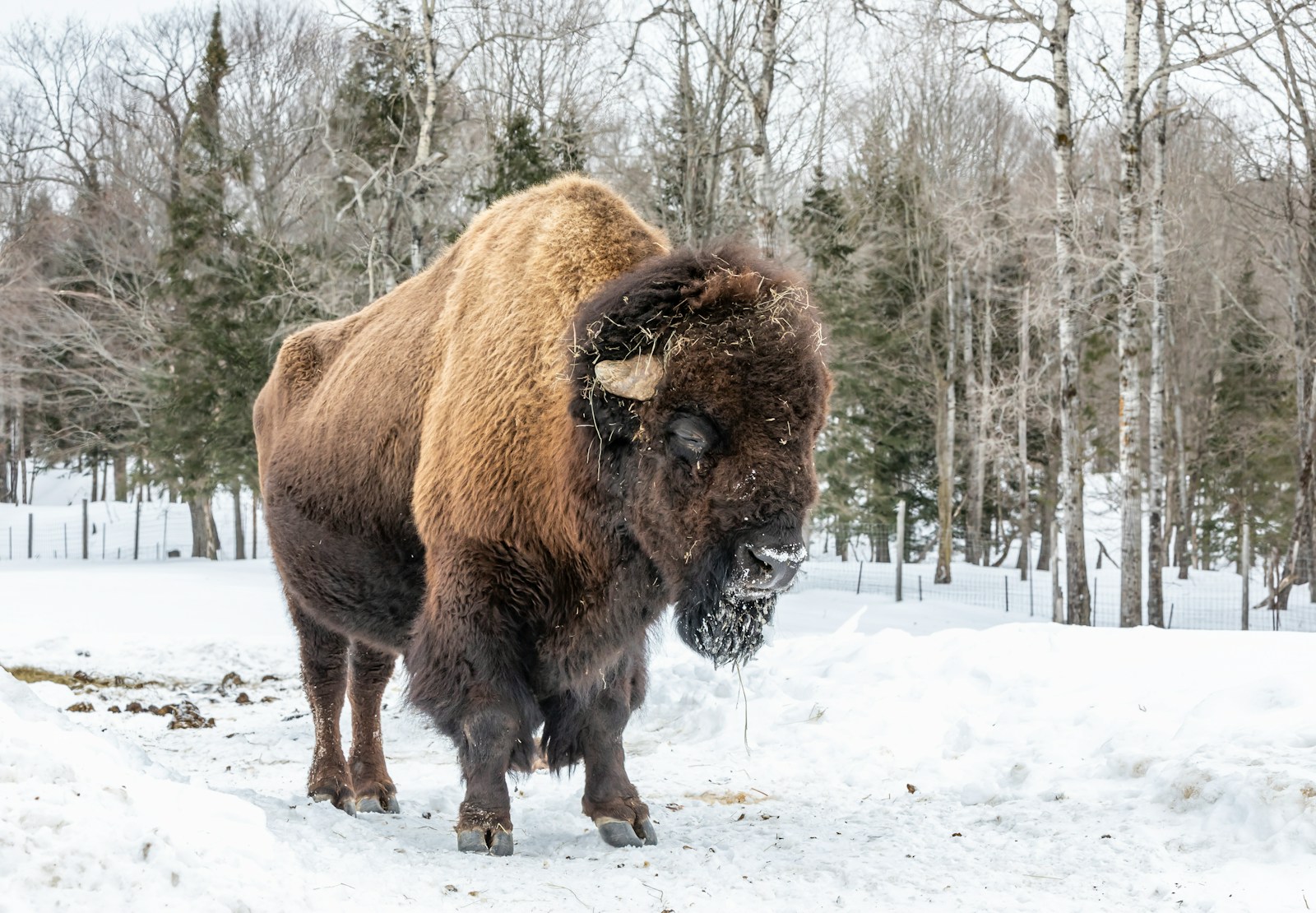The iconic silhouette of the American bison is unmistakable – massive head, shaggy coat, and that distinctive hump rising prominently above its shoulders. This characteristic feature is more than just a visual identifier; it’s a remarkable evolutionary adaptation that has helped these magnificent creatures survive and thrive in challenging environments for thousands of years. From the harsh winters of the Great Plains to the competitive dynamics of herd life, the bison’s hump serves multiple critical functions. In this article, we’ll explore the fascinating biology behind this unique physical trait and discover how it contributes to making bison one of North America’s most resilient large mammals.
The Anatomy of a Bison’s Hump
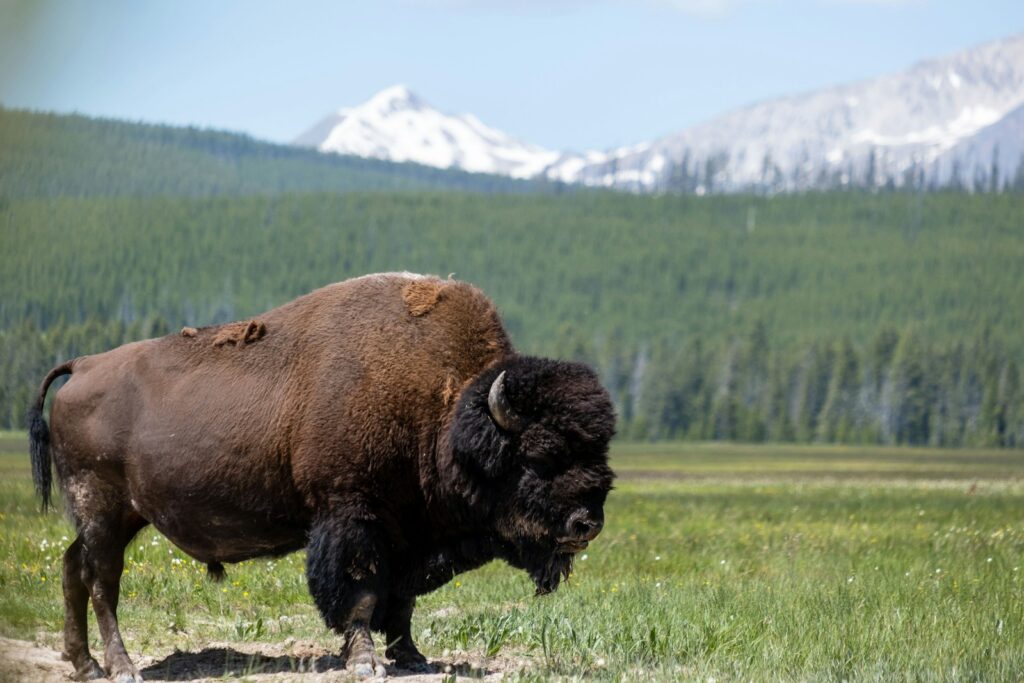
Unlike the fatty humps found on camels, a bison’s hump consists primarily of elongated vertebral spines and powerful muscles. These spinous processes of the thoracic vertebrae can extend up to 20 inches in length, creating the framework for the hump’s structure. Covering these spines is a complex network of muscles, particularly the massive trapezius and rhomboid muscles, which attach to the animal’s shoulder blades and neck. This muscular composition gives the hump its distinctive rounded appearance while providing incredible strength. Interestingly, the hump is proportionally larger in males than females, reflecting sexual dimorphism in the species and its role in competitive behaviors.
Energy Storage for Harsh Winters
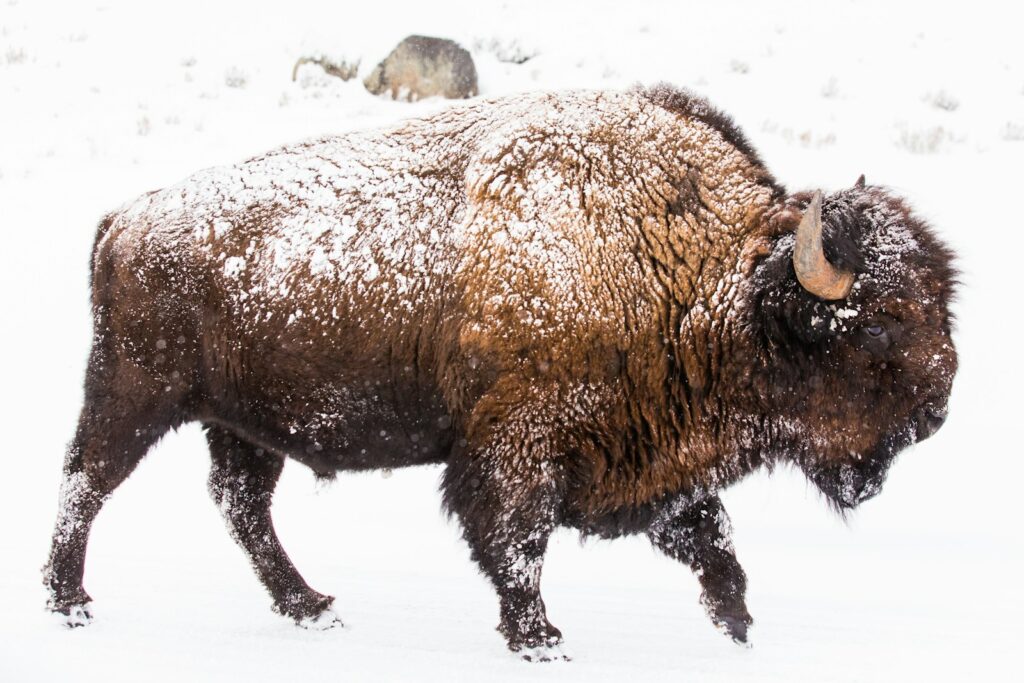
The bison’s hump serves as a crucial energy reserve during the challenging winter months on the Great Plains. While not composed primarily of fat like a camel’s hump, the structure does support fat deposits that accumulate during the summer and fall seasons when food is abundant. These fat stores become vital energy reserves when winter arrives and the nutritional quality of available forage dramatically declines. A healthy bison can lose up to 15% of its body weight during severe winters, with much of that loss coming from stores around the hump region. This adaptation allows bison to survive in environments where other large mammals might struggle, as they can effectively convert their summer surplus into winter survival resources.
Powering the Massive Head

The enormous head of a bison, which can weigh up to 200 pounds, requires significant muscular support—a need directly addressed by the hump. The powerful muscles of the hump provide the necessary strength for bison to hold up their massive heads, which feature thick skulls and heavy horns. These muscles connect to the occipital region of the skull, creating a support system that enables the characteristic low-hanging head posture of grazing bison. Without the specialized musculature of the hump, bison would struggle to support their disproportionately large heads while maintaining mobility. This adaptation allows bison to efficiently graze on the short grasses of the plains while keeping their heads close to the ground for extended periods.
Snow Plowing Capabilities
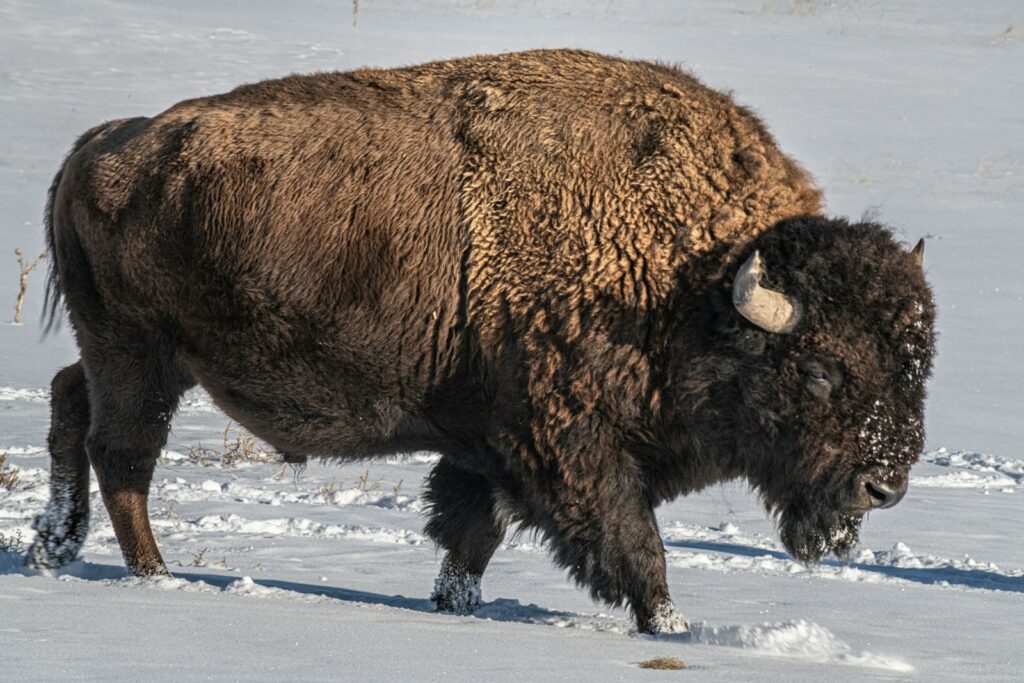
Winter survival for bison extends beyond energy storage to active foraging strategies, with the hump playing a central role. When snow blankets the plains, bison use their massive heads and the power generated by their hump muscles to sweep aside snow in a distinctive side-to-side motion, exposing the grass beneath. This behavior, known as “cratering,” allows them to access food sources that remain inaccessible to many other herbivores. The strong muscles anchored in the hump provide the necessary force to move substantial amounts of snow, sometimes up to two feet deep. This adaptation gives bison a significant competitive advantage during harsh winters when other species may face starvation due to inaccessible food sources.
Thermoregulation Benefits
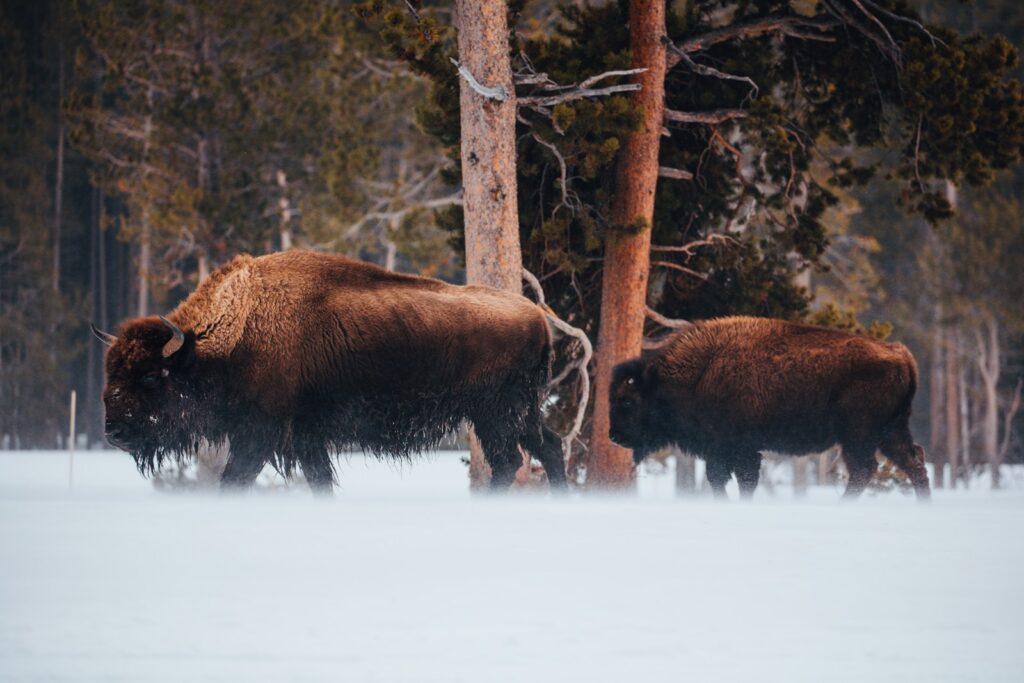
The distinct shape created by the hump contributes to the bison’s impressive thermoregulatory system. By concentrating muscle mass at the front of the body, the hump helps bison minimize surface area relative to body volume, reducing heat loss during frigid prairie winters. This heat retention is further enhanced by the thick insulating fur that grows especially dense over the hump and head regions during cold months. In contrast, during hot summer conditions, bison can orient their bodies to maximize or minimize sun exposure to the hump area, helping regulate body temperature. This adaptability allows bison to thrive across dramatic seasonal temperature variations that characterize their native grassland habitats.
Dominance Displays and Mating Success
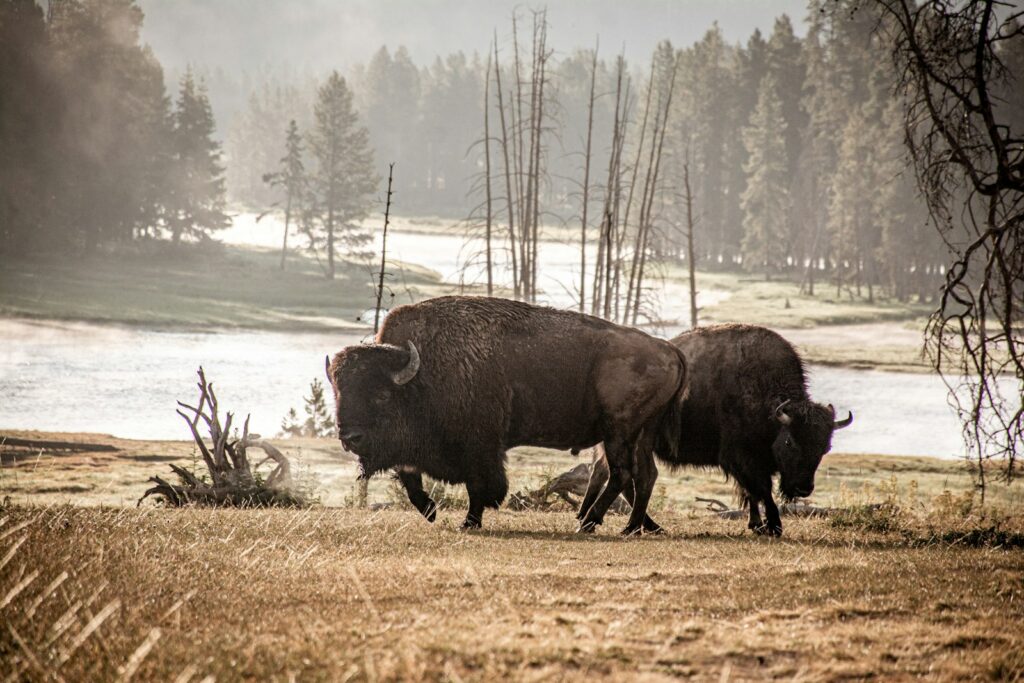
The impressive stature created by the hump serves an important social function in bison society, particularly for bulls during mating season. A prominent hump signals physical strength and genetic fitness to potential mates and rivals alike. During the rut, bulls engage in dominance displays where they parade their profiles, emphasizing the size of their humps to intimidate competitors. The larger muscles associated with more developed humps also provide bulls with greater strength during competitive pushing and shoving matches that determine breeding rights. Research has shown that bulls with more pronounced humps tend to achieve higher status in the herd hierarchy, leading to greater reproductive success and perpetuating this valuable trait through natural selection.
Protection During Combat
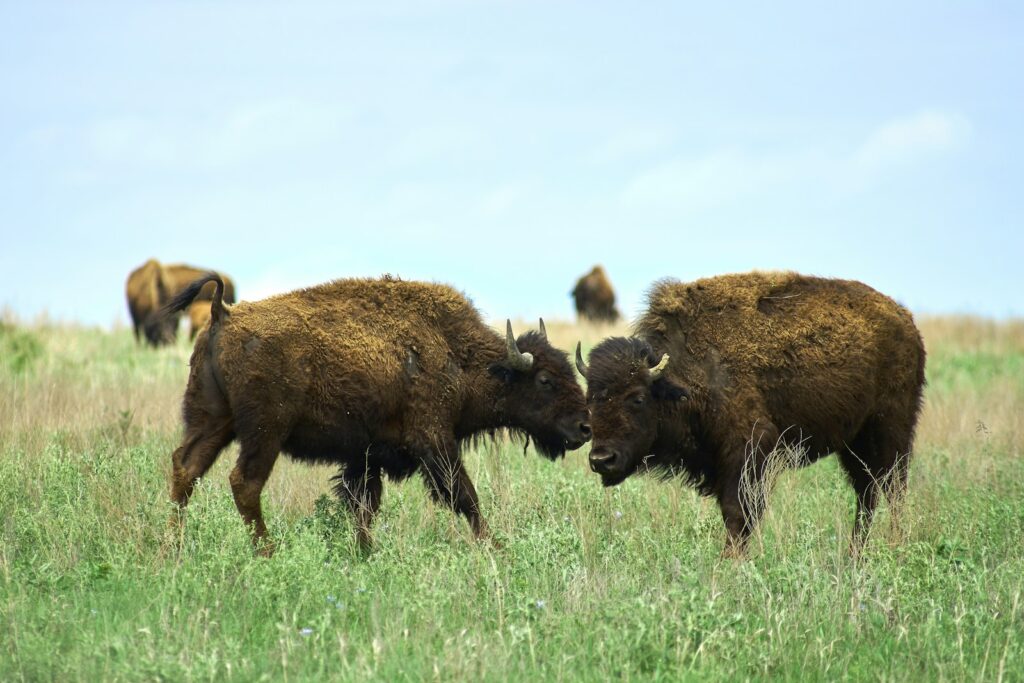
When bison bulls engage in combat, their distinctive humps provide crucial protection for vital organs and structures. The thick musculature of the hump creates a buffer zone that helps absorb impacts during the head-to-head clashes that characterize male competition. These confrontations can be violent, with bulls charging at speeds up to 35 miles per hour before colliding with tremendous force. The hump structure helps prevent these impacts from damaging the spine, shoulders, or rib cage. Additionally, the concentration of muscle mass at the front of the body creates a center of gravity that enhances stability during these confrontations, allowing bulls to maintain their footing while pushing against opponents weighing up to 2,000 pounds.
Evolutionary Development of the Hump

The bison’s hump represents a fascinating example of evolutionary adaptation that developed over thousands of years in response to specific environmental pressures. Paleontological evidence suggests that the pronounced hump of modern bison became more defined as they adapted to open grassland environments approximately 5,000-10,000 years ago. Earlier bison species that inhabited more wooded areas had less pronounced humps, indicating the structure’s importance for plains survival. Genetic studies have identified several genes specifically related to muscle development in the hump region that show evidence of positive selection, confirming the adaptive value of this trait. The evolution of the bison’s hump demonstrates how natural selection can shape anatomy to meet the challenges of specific ecological niches.
Differences Between Wood and Plains Bison Humps
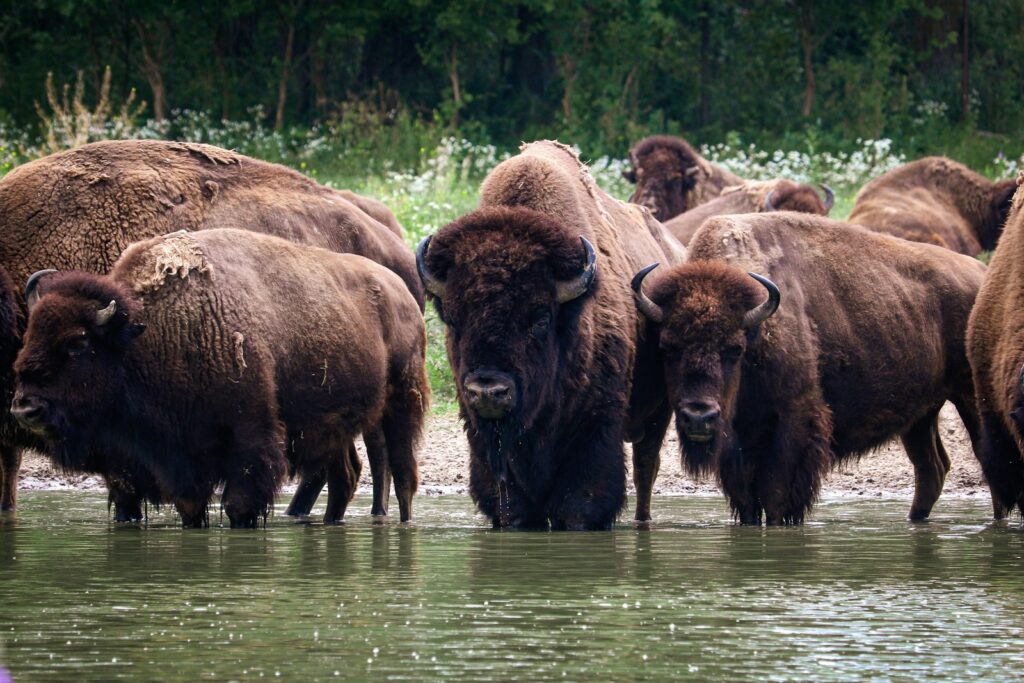
The two subspecies of American bison—plains bison (Bison bison bison) and wood bison (Bison bison athabascae)—demonstrate interesting variations in their hump morphology that reflect their different habitats. Plains bison, which evolved in open grasslands, typically display more pronounced, rounded humps that peak directly above their front shoulders. In contrast, wood bison, adapted to the more wooded environments of Canada’s northern forests, develop slightly flatter humps that peak further forward, creating a distinctive slope toward their necks. These differences reflect adaptations to different foraging strategies, with wood bison being more adept at browsing on woody vegetation while plains bison specialize in grazing grasses. The subspecies’ hump variations serve as visible evidence of how environment shapes physical traits even within closely related populations.
Seasonal Changes in the Hump
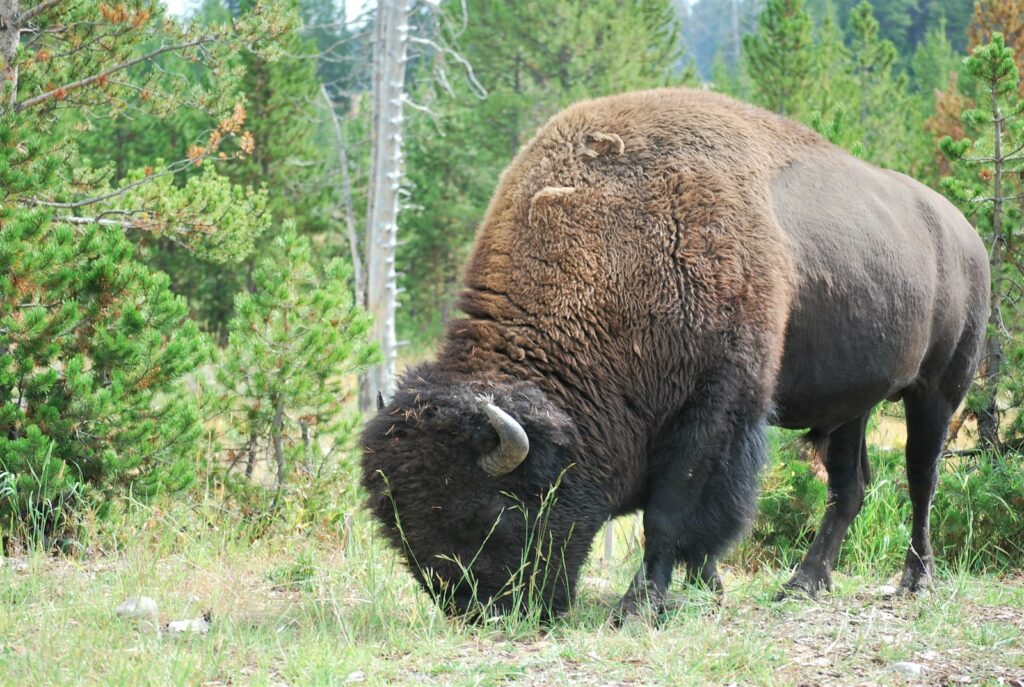
Bison humps undergo noticeable seasonal changes that reflect the animals’ nutritional status throughout the year. During summer and fall when nutrition is abundant, the hump appears fuller and more prominent as bison build up muscle mass and fat reserves in preparation for winter. As winter progresses and food becomes scarce, these reserves are gradually depleted, causing the hump to appear less pronounced by late winter. Wildlife biologists often use hump condition as one indicator of overall herd health, with well-developed humps suggesting adequate nutrition. These seasonal fluctuations are more dramatic in northern herds that experience harsher winters compared to southern populations, demonstrating the hump’s role as a visible barometer of the bison’s energetic balance across changing environmental conditions.
Misconceptions About Bison Humps
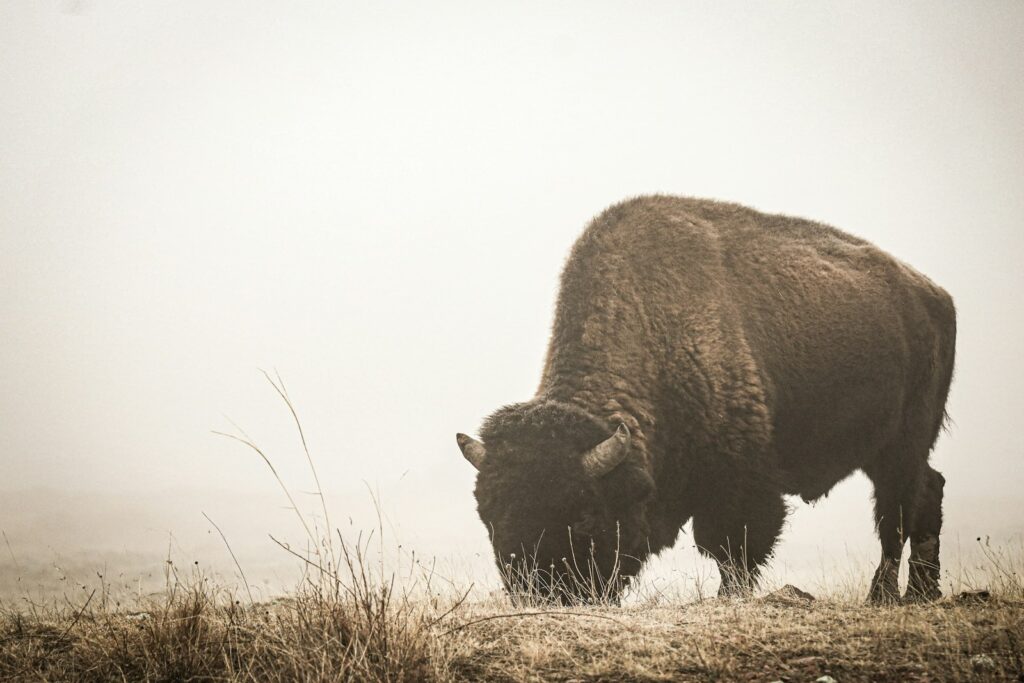
Despite their iconic status, bison humps are subject to several common misconceptions that persist in popular understanding. Perhaps the most widespread error is confusing bison humps with those of camels, assuming they function primarily as water storage—a mistake that overlooks their fundamentally different composition and purpose. Another misconception is that the hump is simply a fatty deposit rather than a complex muscular structure supported by elongated vertebrae. Some incorrectly believe the hump is a recent adaptation rather than a long-established evolutionary feature. These misunderstandings highlight the need for accurate information about these magnificent animals, especially as conservation efforts continue to restore bison to their ecological role in North American grasslands.
Conservation Implications
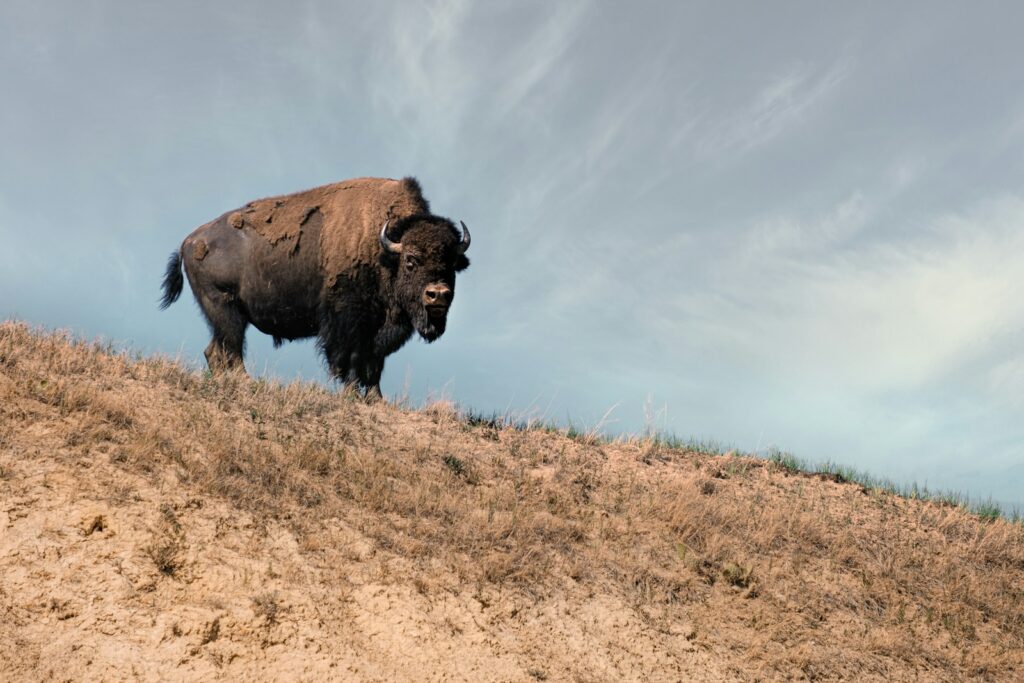
The bison’s specialized adaptations, including their distinctive hump, underscore the importance of conservation efforts that preserve not just the species but its genetic diversity and evolutionary potential. Modern conservation herds must be managed to maintain natural selection processes that shaped adaptations like the hump, allowing these features to continue evolving in response to changing environmental conditions. Climate change presents new challenges, potentially altering the selective pressures that made the hump advantageous. Conservation strategies increasingly focus on maintaining large, genetically diverse herds that can adapt to shifting conditions through natural selection. By understanding the biological significance of features like the hump, conservationists can better appreciate what’s at stake in preserving not just bison numbers but their evolutionary resilience.
Conclusion
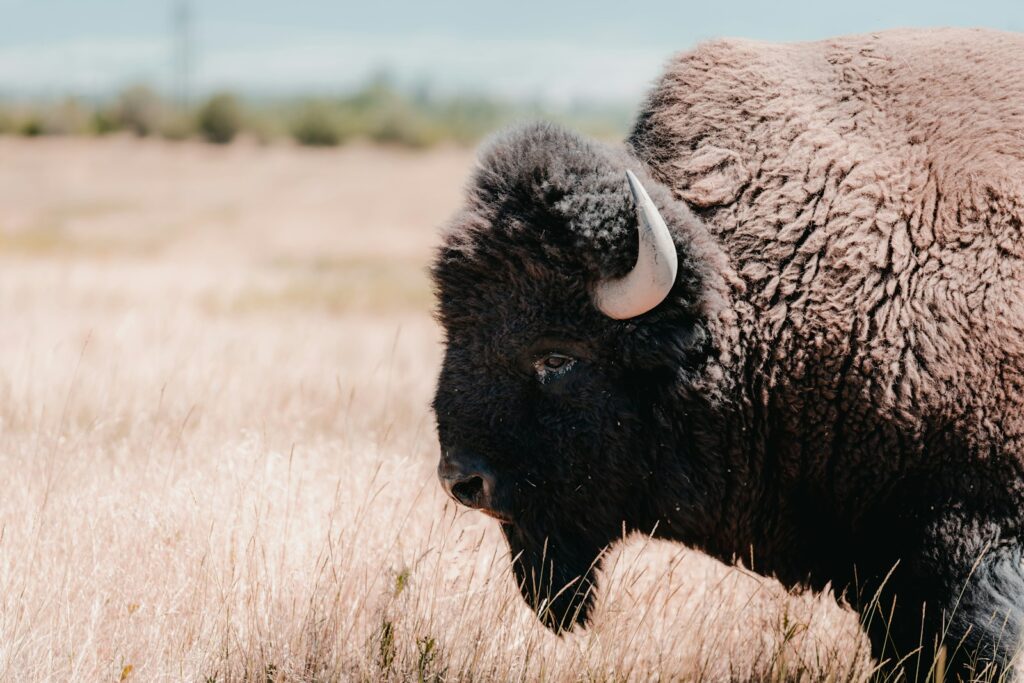
The bison’s hump stands as a remarkable example of how evolution shapes animals to meet environmental challenges. Far more than a distinctive silhouette on the horizon, this adaptation represents a sophisticated multi-functional solution to the demands of plains survival. From powering through snowdrifts to winning breeding rights, storing energy to supporting massive heads, the hump has played a crucial role in the bison’s survival strategy for thousands of years. As conservation efforts continue to restore these magnificent animals to their native landscapes, the humble hump reminds us of nature’s ingenious designs and the remarkable resilience of species that have adapted so perfectly to their ecological niches. Through understanding such adaptations, we gain not only scientific knowledge but a deeper appreciation for the intricate relationships between anatomy, environment, and survival.

